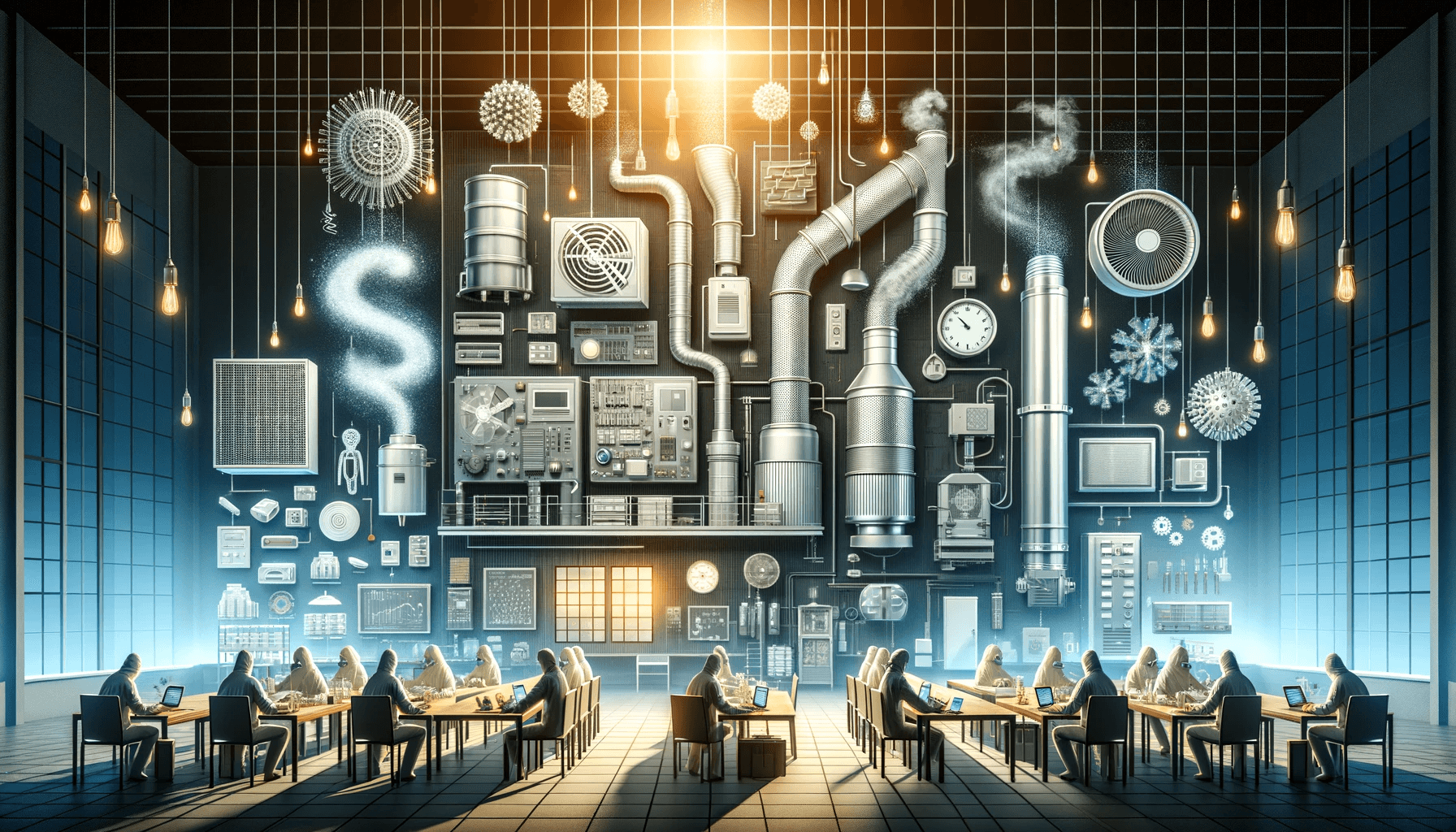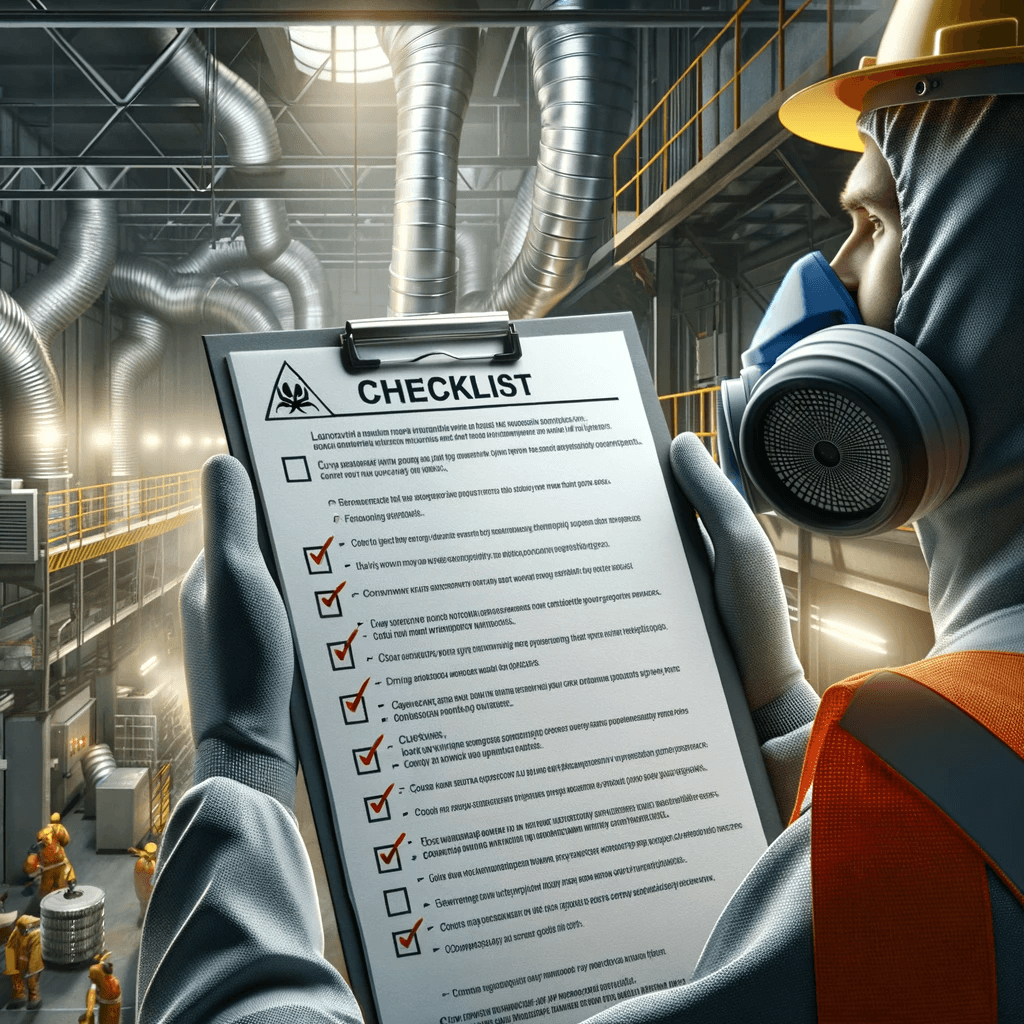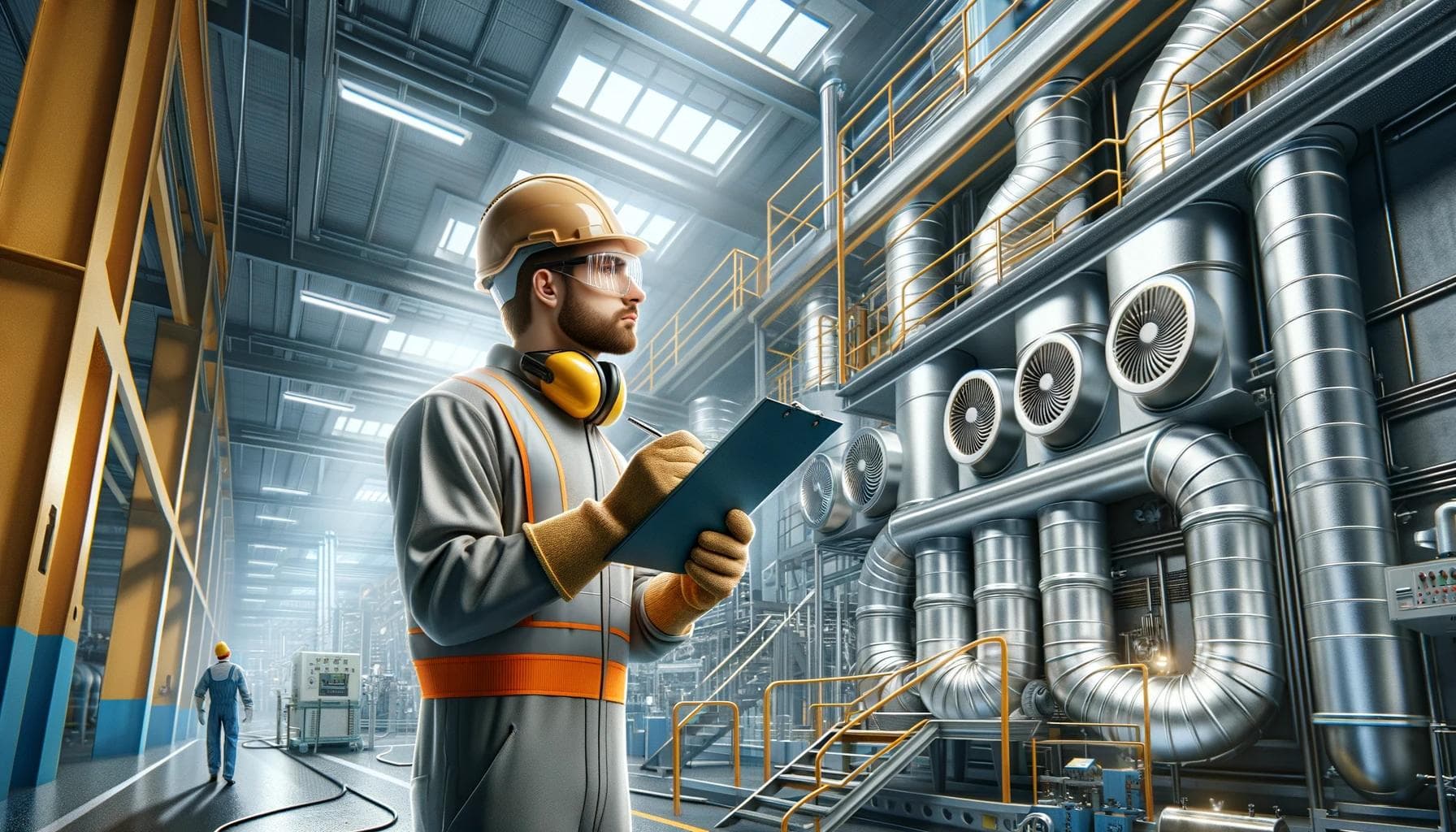Compliance and Legal Considerations in LEV Installation
Introduction to LEV Systems
Local Exhaust Ventilation (LEV) systems are crucial in controlling the release of hazardous substances into the workplace environment. As you aim to maintain a safe workspace, understanding the compliance and legal considerations for the LEV installation process is essential. This guide will navigate you through the intricate legal framework, ensuring your business operates within the mandated regulations.
Understanding the Legal Framework
The installation of LEV systems is governed by stringent laws to safeguard employee health. The primary legislation includes the Health and Safety at Work etc. Act 1974 and the Control of Substances Hazardous to Health Regulations 2002 (COSHH). Compliance with these regulations is not just a legal mandate but a moral obligation to protect your workforce from exposure to potentially dangerous substances.
Health and Safety at Work Act 1974
This Act requires employers to ensure, as far as is reasonably practicable, the health, safety, and welfare of all employees. It encompasses the provision and maintenance of systems of work that are safe and without risks to health, including LEV systems.
Control of Substances Hazardous to Health (COSHH)
COSHH regulations mandate that employers control substances that are hazardous to health. LEV systems are a key control measure to prevent harmful airborne contaminants from being inhaled by workers.
Key Steps for Compliance in LEV Installation
Conduct a Risk Assessment: Before the installation of an LEV system, carry out a comprehensive risk assessment to identify potential hazards. This will inform the design and requirements of your LEV solution.
Choose a Competent Installer: The selection of a qualified and experienced installer is vital. Ensure that they have a proven track record in LEV installation and are familiar with the specific requirements pertinent to your industry.
Design Consideration: The design of the LEV system must be suitable for the types of substances and processes in use. It should effectively capture contaminants at the source and expel them safely.
Installation Standards: The installation must comply with recognised standards and guidelines, ensuring that it meets the regulatory requirements and is effective in controlling hazardous substances.
Documentation and Regulation Compliance: Maintain comprehensive documentation throughout the installation process. This includes the initial design, risk assessments, installation records, and commissioning reports.
Maintenance and Monitoring of LEV Systems
Post-installation, it is imperative to conduct regular LEV testing and maintenance to ensure the system remains compliant and functional. The COSHH regulations require LEV systems to be examined and tested at least once every 14 months. Proper maintenance is key to ensuring that systems continue to protect workers effectively.
Regular LEV Testing
Regular testing conducted by competent persons will not only comply with legal requirements but also extends the lifespan of your LEV system. Testing ensures that it is working effectively in capturing and containing hazardous substances, thereby keeping exposure levels within the legal limits.
Documentation and Record-Keeping
Meticulous record-keeping is a legal requirement and facilitates the ongoing compliance of your LEV system. Records should include details of design, installation, commissioning, testing, maintenance, and any modifications made to the system. These documents must be retained for a minimum of five years.
Professional Guidance and Support
LEV systems are complex and require a professional approach to ensure legal compliance. Engaging with experts who provide comprehensive industrial solutions will guarantee that your LEV installation and subsequent operations meet all legal expectations. This professional partnership will help you navigate the regulatory landscape with confidence.
Conclusion
Compliance with legal regulations for LEV systems is not only a legal requirement but an integral part of responsible business management. By understanding and adhering to the legal framework, conducting regular LEV testing, and maintaining accurate records, you can ensure the health and safety of your workforce. Remember, the installation of an LEV system is the beginning of an ongoing commitment to a safe working environment.
Next Steps
- Review your current workplace hazards and assess if an LEV system is required.
- Consult with a professional LEV installation service provider to ensure compliance with all legal requirements.
- Implement a regular testing and maintenance schedule for your LEV system.
- Keep up-to-date with legal changes and technological advancements that may affect your LEV system's compliance.
Ensuring that you are fully informed and compliant with the necessary legal and regulatory requirements will provide peace of mind and a safer work environment. A professional approach to LEV installation and maintenance is the cornerstone of workplace safety in industries where hazardous substances are present.
FAQs
What are the key legal regulations governing the installation of Local Exhaust Ventilation (LEV) systems?
LEV installations are primarily governed by the Health and Safety at Work etc. Act 1974 and the Control of Substances Hazardous to Health Regulations 2002 (COSHH). Employers are required by these laws to ensure the health and safety of their employees by controlling hazardous substances and maintaining safe systems of work, including effective LEV systems.
How often must LEV systems be tested and what does the maintenance process involve?
COSHH regulations stipulate that LEV systems must be examined and tested by a competent person at least once every 14 months. Regular LEV testing and maintenance are critical to ensure the system remains functional and compliant. Maintenance involves checking for any faults, ensuring the system effectively captures hazardous substances, and keeping exposure levels within legal limits.
Why is documentation and professional guidance important for LEV system compliance?
Keeping thorough records is a legal obligation that helps in maintaining ongoing compliance of the LEV system. Documentation should include the system's design, installation, commissioning, testing, maintenance, and any modifications. Professional guidance is essential as LEV systems are complex. Expert advice ensures legal compliance and helps businesses navigate regulatory requirements with confidence.
Key Takeaways
The blog post highlights critical aspects of Local Exhaust Ventilation (LEV) system installation and maintenance within the legal framework. Here are three key takeaways:
Compliance with Health and Safety Legislation: Employers must adhere to the Health and Safety at Work etc. Act 1974 and the Control of Substances Hazardous to Health Regulations 2002 (COSHH) when installing LEV systems. These regulations require the creation of a safe work environment by controlling hazardous substances, and failure to comply can result in legal and health implications for workers and the business.
Importance of Proper Installation and Maintenance: A comprehensive risk assessment must precede LEV installation to identify potential hazards, which informs the system's design and functional requirements. Regular testing—at least every 14 months according to COSHH—and maintenance by competent persons are essential to ensure the system effectively captures contaminants and complies with legal standards.
Record-Keeping and Professional Support: Maintaining detailed records of the design, installation, testing, and maintenance of the LEV system is a legal requirement that also supports ongoing compliance. Seeking professional guidance for installation and maintenance is crucial, as experts ensure that the complex legal and technical aspects of LEV systems are managed correctly, fostering a safer work environment.
The blog underscores the role of LEV systems in workplace safety and the imperative of understanding and following the legal requirements for their installation and operation to protect the health of employees.


